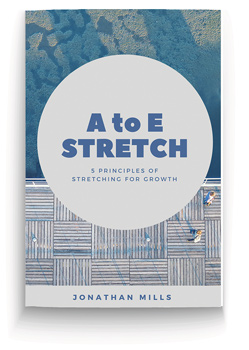“The purpose of pruning is to improve the quality of the roses, not to hurt the bush” (Florence Littauer)
Pruning involves the selective removal of “diseased, damaged, dead, non-productive, structurally unsound or otherwise unwanted plant material from crop and landscape plants” (Wikipedia). Some horticulturalists call the categories “The 4 D’s: diseased, dead, damaged and deranged”. In general, the smaller the branch that is cut, the easier it is for a woody plant to compartmentalise the wound and thus limit the potential for pathogen intrusion or decay. Most horticulturalists give the following reasons to prune plants:
- Removing dead wood
- Shaping (by controlling or redirecting growth)
- Improving and sustaining health
- Reducing risk from falling branches
- Preparing nursery specimens for transplanting
- Increasing the yield and quality
Managers and employees alike need periodic pruning – cutting away the unnecessary, sharpening the focus and realigning roles to pertinent business needs. Although usually an uncomfortable process, it is essential for growth. As Tracey Bond insightfully notes: “There is no true loss in authentic growth, only the natural process of letting go, outgrowing, pruning. The call of the next level requires it. Those who resist the connective opportunities that life brings to grow to their next level, never reach the mental maturity height to acquire it…even when they think they are on the path, their gap in understanding leaves them stuck where they left off, usually on a dead milled treadmill.”
Periodically, company leadership should embark on sensitive pruning – “sensitive” because the dignity of the human being should be upheld. This pruning should focus on the following areas:
- Removing dead wood – departments or roles that have become irrelevant, but not people necessarily. An example could be the “Mail Room”, a function that is now probably obsolete in this digital era. Employees that worked in such a department could be redeployed appropriately.
- Shaping – influencing or redirecting growth. This involves adjusting the vision of employees towards new growth directions and aligning departments suitably. Ralph Waldo Emerson wisely notes: “As the gardener, by severe pruning, forces the sap of the tree into one or two vigorous limbs, so should you stop off your miscellaneous activity and concentrate your force on one or a few points”.
- Improving and sustaining health – sustainability should always be on the mind of executives and the concept includes the development of the company culture. Healthy cultures focus on values-driven environments that celebrate collaboration, honesty, transparency, participation, diversity, contribution and innovation.
- Reducing risk – apart from the normal legal frameworks, risk mitigation involves building an environment of trust. When those in leadership model the values and demonstrate authentic care for all employees, risk is reduced. Most people respond to genuine care by being loyal and protecting the brand.
- Preparing specimens for transplanting – the grooming of best potential employees for future leadership roles. Noticing talent and potential should translate into growth opportunities, impact succession planning and accelerate possibilities for promotion.
- Increasing the yield and quality – enhancing productivity and creating increasing levels of brand value. Pruning enables leadership to focus employees on the issues that matter most for the company and get employees to apply energy appropriately.
Periodic pruning produces preferred performance. For leadership, however, pruning is a sensitive process where human dignity needs to be upheld. Acknowledging the emotional nature of changes that are needed, dialogue, with a healthy dose of emotional intelligence, is vital to retain cohesion and trust in the employer/employee relationship.










